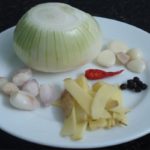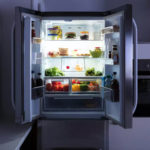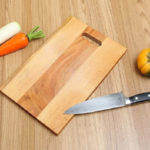Tet Nguyen Dan is the day of family reunion, so people usually buy a lot of food. With the belief that if the first year lacks food, the whole year will be lacking, every family buys surplus food for the days of Tet. Therefore, after Tet, there is still a lot of leftover food. So how should we handle them safely and avoid wastage? Here are some ways you can consider.
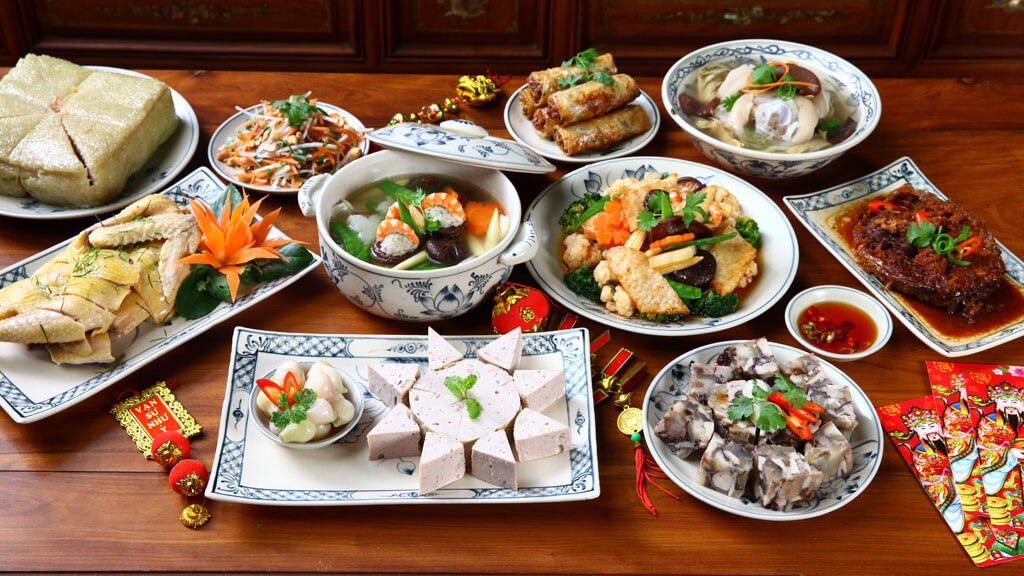
First, “eat the vegetables first”: It’s a pity to throw away leftover food, but people often worry about the loss of nutrition and negative effects on health when eating leftovers. Indeed, leftover food can be transformed into harmful nitrite during preservation due to bacterial activity. Green leafy vegetables lose vitamins severely after multiple boiling and nitrites are easily formed overnight. If you don’t want to waste, you should eat the vegetables first.
Second, “put it in the refrigerator in time”: No matter what type of food it is, the longer it stays at room temperature, the more microorganisms grow and the less safe it becomes. Therefore, you should put the leftovers in the refrigerator as soon as possible after the meal. The leftovers need to be tightly wrapped in cling film before putting them in the refrigerator, or put them in a sealed container to prevent odors and cross-contamination of bacteria during storage.
Third, “heat it thoroughly before eating”: Leftover food needs to be heated thoroughly before eating. The so-called thorough heating means heating the food to 100°C and continuing to boil for more than 3 minutes. Make sure to cook longer when reheating if the meat size is large or you can cut the meat into smaller pieces before reheating.
Fourth, “repurpose the leftovers”: Everyone likes to eat fresh dishes and not enthusiastic about eating leftovers. Repurposing the leftovers before eating can make them more delicious. When reheating seafood such as fish, shrimp, crab, and shellfish, it is best to add a amount of alcohol, onions, ginger, garlic, and suitable spices, not only can increase freshness but also have a certain bactericidal effect. When reheating meat, you can add a amount of vinegar, which will benefit the absorption and utilization of the human body.
Instructions for handling leftover food after Tet
1. Sticky rice cakes
Moldy sticky rice cakes is a common condition during the Lunar New Year due to the humid climate. If your sticky rice cakes are stored in the refrigerator and get moldy, you can remove the moldy part and use the remaining non-moldy part normally. If the sticky rice cakes are kept at room temperature, the mold grows into threads, the cakes become sour-smelling, they should be discarded as this is a mold phenomenon caused by contamination.
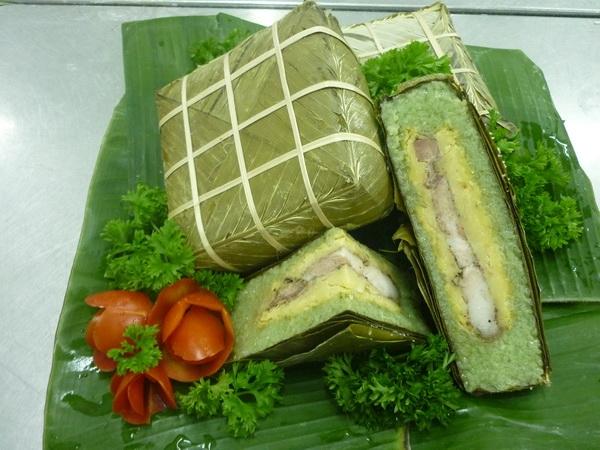
Another common phenomenon of sticky rice cakes is sticky rice. To fix this, you just need to boil the cakes again. But note that wait for the water to boil before putting the sticky rice cakes in to avoid being floppy.
2. Cold food
Another popular food source that many housewives prefer during Tet is cold food such as sausages, char siu, smoked meats… due to its convenience. If you don’t use them right away, you should keep the food in the freezer and keep it at a deep freezer temperature to be able to preserve it for a long time.
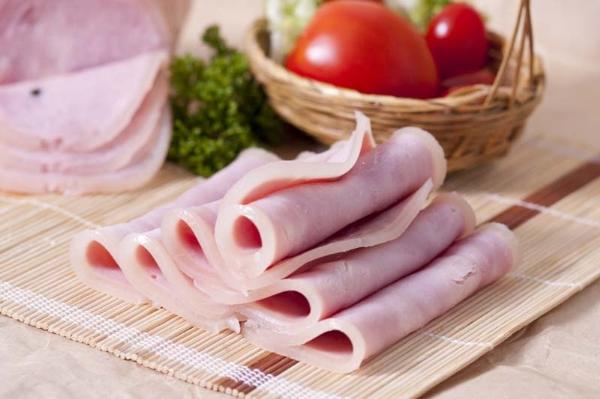
3. Chinese sausages
Chinese sausages should not be stored in the refrigerator, it is best to hang them high or keep them in a ventilated basket. The optimal preservation method is to arrange the sausages around the basket, place a bowl of white wine in the center. White wine has the effect of repelling insects, keeping the sausages dry, and not being contaminated with bacteria.
4. Vietnamese sausage
After Tet, if you have a lot of Vietnamese sausage left, you should cut the sausage into bite-sized pieces, simmer it in a salty fish sauce, then divide it into small portions according to the family’s meal portion.
5. Processed food
For processed dishes such as braised fish, braised meat, frozen meat… it is best to divide it into many small portions suitable for the family’s meal portion from the beginning and keep each portion separately, finish each portion, the remaining portions will not be affected and can still be kept in good storage conditions for long-term use.
6. Jam and candy
For cakes and candies, you should put them in sealed bags, preferably using tin foil bags. More meticulously, you can buy vacuum glass jars for preservation, which helps to prevent the cakes and candies from getting moist, keeping them crispy and in their original state.
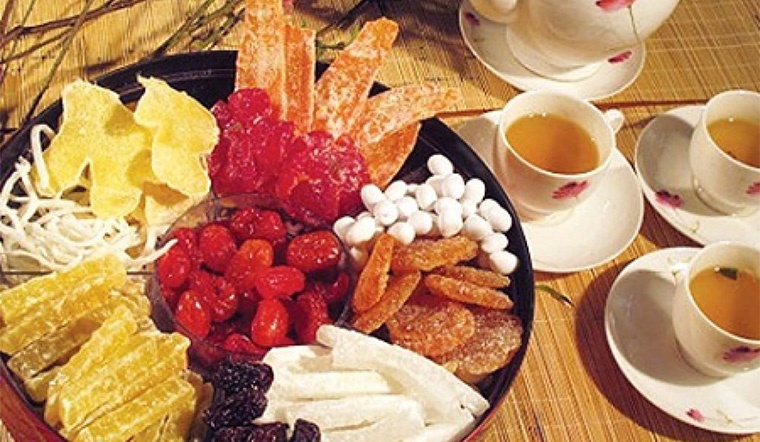
For dry jams, after Tet, you should put them in clean, dry glass jars, and sprinkle a layer of white sugar on top. The layer of white sugar has the effect of absorbing moisture, keeping the jams dry and the color intact. For wet jams such as kumquat jam, rose jam… you should boil some sugar water and reheat the jam until it is dry before storing it.
According to An Nhiên – Vietnamnet
More Useful Advice for Homemakers (Part 2)
Have you heard of the surprisingly easy tips to make cooking and household chores simpler? White radish eliminates the acrid taste of salted meat, adding alum to raw shrimp helps soften it, and adding cold water when frying eggs can make them crispy – these are just a few of the tricks to make your life easier.
refrigerator/’ title=’Uncovering 11 Surprising Ways to Utilize a Refrigerator’>Uncovering 11 Surprising Ways to Utilize a Refrigerator
8 Common Mistakes People Make with Cutting Boards
Are you using your cutting board correctly? Many Vietnamese households rely on cutting boards in their kitchen, but not everyone knows how to use them properly, especially when it comes to wooden cutting boards. Check out these 8 mistakes to avoid when using a cutting board to ensure both hygiene and safety for everyone in your family.

























